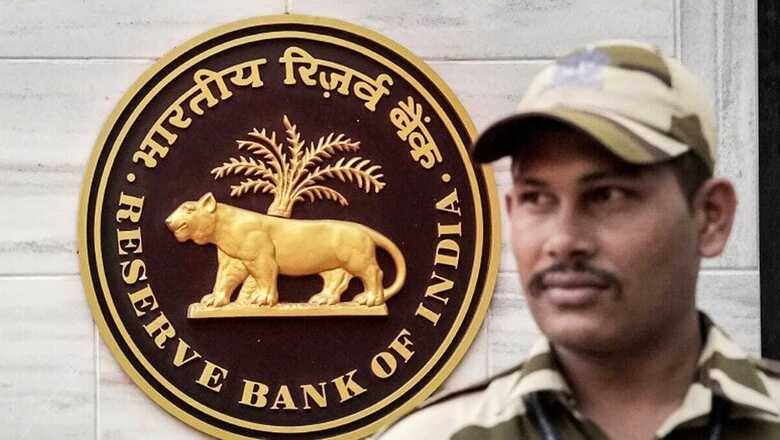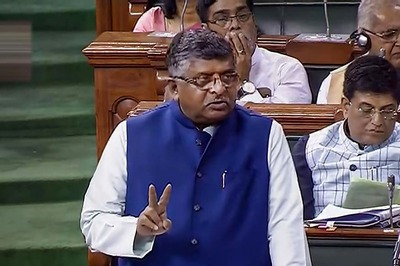
views
Fresh round of capital expenditure by the corporate sector is likely to fuel the next leg of growth, said RBI’s latest Bulletin, stressing that stable and low inflation at 4 per cent provides the bedrock for sustaining GDP expansion.
The likelihood of the global economy exhibiting stronger-than-expected growth in 2024 has brightened in recent months, with risks broadly balanced, said the article on ‘State of the Economy’ published in the Reserve Bank’s February Bulletin.
The Indian economy continues to sustain the momentum achieved in the first half of 2023-24, going by high frequency indicators, it said.
“Expectations of a fresh round of capex by the corporate sector is likely to fuel the next leg of growth,” said the article authored by a team led by RBI Deputy Governor Michael Debabrata Patra.
Overall, investment intentions of the private corporate sector have been positive this year so far.
Total cost of projects, for which loans were sanctioned by major banks/all-India financial institutions (FIs) stood at Rs 2.4 lakh crore during April-December 2023, which was 23 per cent higher than that in the corresponding period last year.
Funds raised through external commercial borrowings (ECBs) for capex and initial public offerings (IPOs) remained robust during the second and third quarters of the current financial year, though their levels were lower than such resources raised during Q1 2023-24.
The Reserve Bank has projected the GDP growth for the next fiscal at 7 per cent.
Referring to inflation, the article said consumer price index (CPI) based retail inflation came off its November-December spikes in its January 2024 reading, while core inflation is at its lowest since October 2019.
“Stable and low inflation at 4 per cent provides the bedrock for sustaining economic growth,” the authors said.
CPI inflation has been projected at 4.5 per cent for the year 2024-25 by the RBI.
The RBI’s rate setting panel, MPC, has noted with concern that large and repetitive food price shocks are impeding the disinflation engendered by the steady easing of core inflation, with geopolitical events and their impact on supply chains, and volatility in international financial markets and commodity prices posing upside risks.
Earlier this month, the Monetary Policy Committee (MPC) decided that monetary policy must remain disinflationary to ensure anchoring of inflation expectations and the progressive alignment of inflation outcomes with the target, while supporting growth.
The central bank said the views expressed in the Bulletin article are of the authors and do not represent the views of the Reserve Bank of India.



















Comments
0 comment